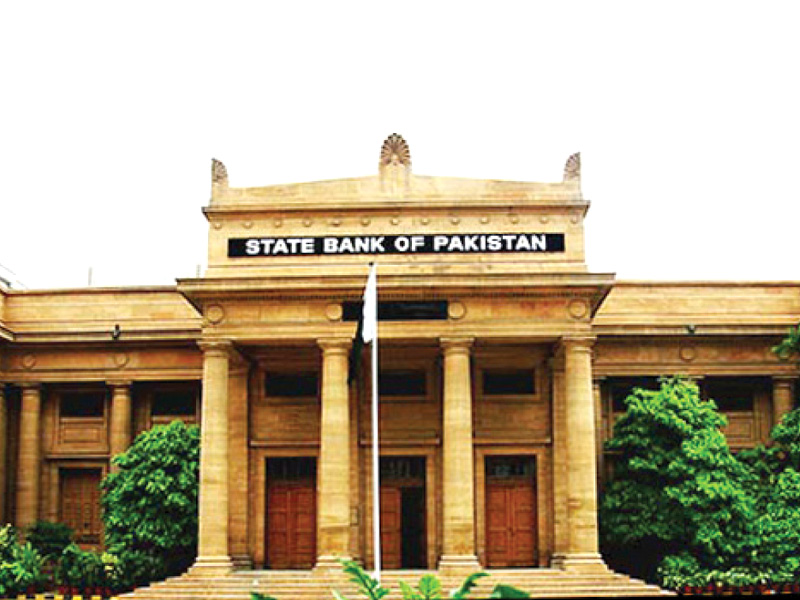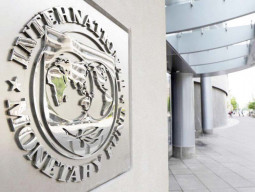
Non-performing loans (NPLs) registered little change on a quarterly basis at the end of September, although the year-on-year increase clocked up at 3.5%.
According to the latest data released by the State Bank of Pakistan (SBP), the stock of NPLs amounted to Rs629.9 billion at the end of the third quarter of 2015.
Analysts believe the current stock of NPLs does not pose any major threat to the banking system because its share within the total stock of outstanding loans remains miniscule. Instead of looking at bad loans in absolute terms, experts say NPLs should be analysed in view of their size within the total advances of the banking sector.
Commonly known as the infection ratio, the share of NPLs in loans of the banking sector at the end of the third quarter of 2015 was 12.5%. A year ago, however, the infection ratio was 13%. This implies that the overall share of NPLs has actually gone down over the last 12 months despite an uptick in bad loans in rupee terms.
Speaking to The Express Tribune, a bank CEO said even the infection ratio is a misleading indicator of the soundness of a banking institution.
“It takes many years for a loan to become non-performing. So if I resort to aggressive lending today, the share of NPLs will immediately go down. But the
decline in my infection ratio will actually be the result of a growing loan book, not shrinking NPLs,” he said.
Out of the six major segments that receive advances, namely corporate, agriculture, consumer, small and medium enterprises (SME), commodity financing and staff loans, the highest infection ratio was reported in the SME sector at the end of September.

Almost one-third (31.6%) of advances extended to SMEs have been categorised as NPLs. The share of advances extended to SMEs within the banking sector’s total advances was just 5.4% at the end of the last quarter.
The infection ratio in the advances extended to the corporate sector was 13.4%, which is notably higher than the overall infection ratio of 12.5% recorded on September 30.
The corporate sector is the biggest borrower, with a share of almost two-thirds in the total advances of the banking sector.
The infection ratios at the end of September in the agriculture sector, consumer sector, commodity financing and staff loans remained 17.4%, 10.4%, 1.1% and 1.2%, respectively.
Within the consumer sector, the highest infection ratio was recorded in mortgage loans, whose NPLs clocked up at massive 24.9% on June 30.
A sector-wise breakdown of NPLs reveals the highest infection ratio was recorded in the textile sector (29.9%), which was followed by
automobile/transportation (22.2%), electronics (16.8%), shoe and leather garments (16%), and cement (13.9%).
The minimum infection ratios were recorded in insurance (1.2%), sugar (6.9%) and production/transmission of energy (5.6%) at the end of September, SBP data shows.
Published in The Express Tribune, November 28th, 2015.
Like Business on Facebook, follow @TribuneBiz on Twitter to stay informed and join in the conversation.



































1713853507-0/MalalaHilary-(2)1713853507-0-270x192.webp)








COMMENTS
Comments are moderated and generally will be posted if they are on-topic and not abusive.
For more information, please see our Comments FAQ